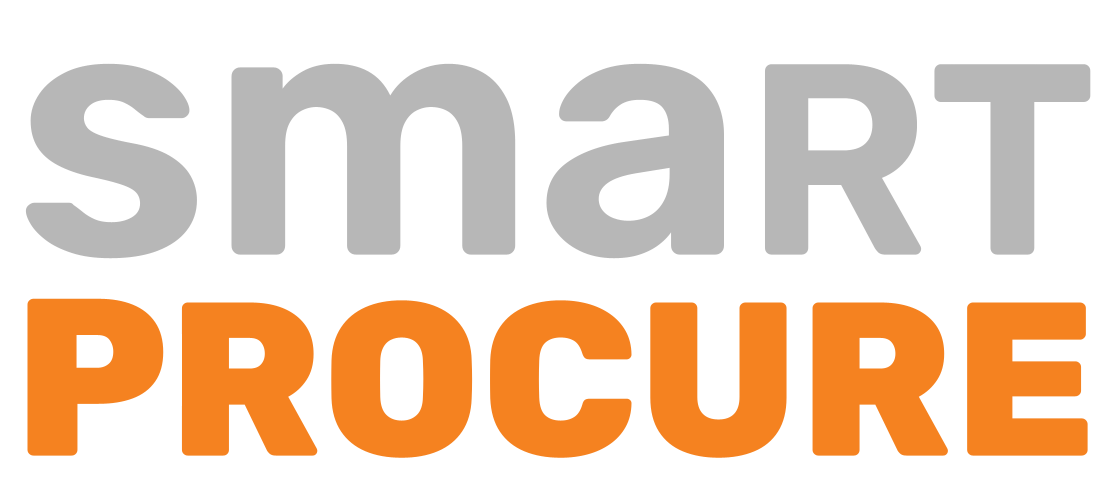The primary purpose of every business is sustainability and profitability. The common denominator is the reduction of costs as much as possible.
The roadmap that the procurement unit will follow and the long-term plans they will carry out in this context will be the key steps in reducing costs. The procurement process and purchases for businesses are seen as key points in internal operations. They are even core components of any organization’s corporate strategy.
Indirect purchasing is the purchase that allows you to meet your daily needs and perform your daily business. Expenditures you make for office supplies, fixtures, travel, office furniture or various equipment are called indirect purchases. These seemingly trivial purchases are in fact crucial to your business.

Impact of Indirect Purchasing on Your Business
Lack or negligence of indirect purchases will cause disruption to many daily business and many business processes of businesses. All the advantages of the procurement process that we call indirect procurement must be effectively utilized.
Setting a basis for indirect procurement negotiations or tenders helps your company set contractual requirements for cost reduction. Instead of purchasing products from multiple suppliers, companies prefer to proceed with a limited supplier database.
This facilitates and enables negotiation of long term contracts, particularly by pursuing lower cost targets. If suppliers also deal with your company over time and you want to keep the contract, you can ensure that there is a continuous improvement in quality and service.
If a company’s business is sourced from multiple suppliers, then it can use the power of competition to secure a better price. In these cases, purchasing departments must identify strengths and weaknesses before they can discover which option is more valuable. For example: instead of regular purchases, periodic purchases with cheap contracts may be more costly due to interruptions.
Indirect purchasing management is one of the complex processes that requires careful planning and analysis. Although it may seem simple requirements or purchase activities, it must be remembered that there are many factors and categories to consider.
Relationships with suppliers, agreements, more streamlined and uninterrupted purchases, and a consistent procurement strategy help save you time and costs. Accordingly; factors such as identifying potential suppliers, determining company needs, strengthening communication, being aware of the latest developments, tracking expenses and applicability of new technologies should be considered.

Differences between Indirect Purchasing and Direct Purchasing
In order to take full advantage of indirect purchasing, you should first know what separates indirect purchasing from direct purchase (direct purchase).
Company expenditures aimed at external customers and external resources are called direct expenditures. For example: direct purchase refers to the purchase of raw materials and subcontractor services provided by a construction company to sell housing. They are mostly outsourced purchases.
Indirect procurement consists of the purchase of materials or services necessary for the company to continue its daily activities. For example: for example, office supplies, trips and cleaning supplies used to take notes on work.
If you are a restaurant that makes the promised business meals of a customer, you have made a direct purchase when you purchase the necessary materials to make your meals. You can take advantage of the power of ERP software and purchasing software to make these processes easier and leverage the power of integrated systems.
